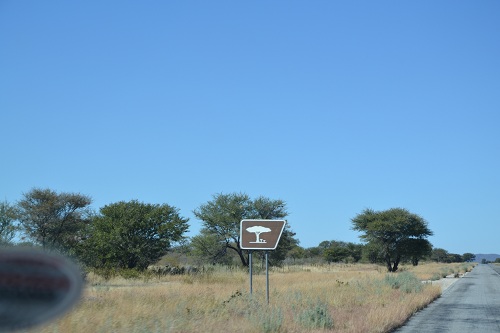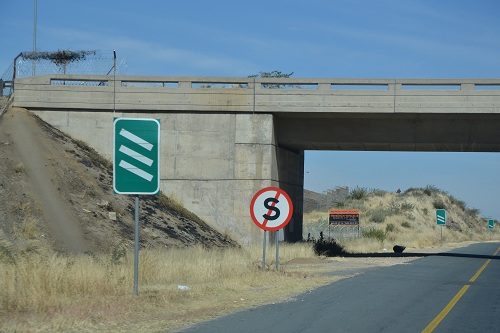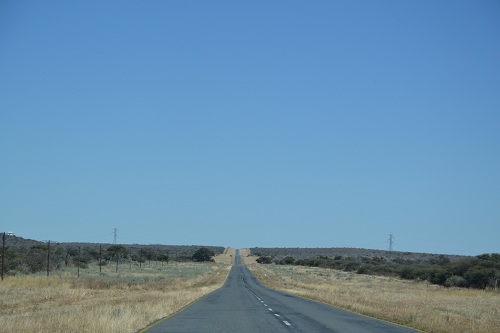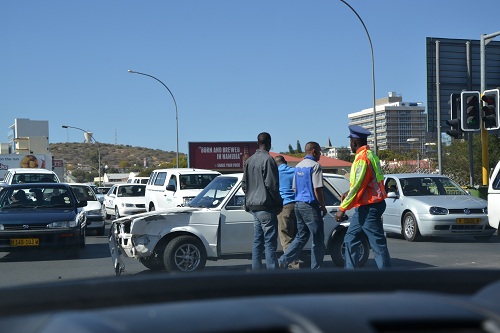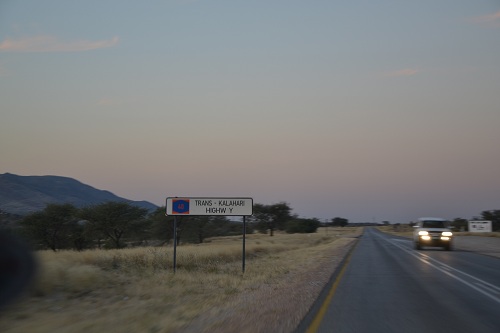One of the greatest things about traveling with a family outside of America is that the kids are allowed to do all sorts of things that would trigger lawsuits back home. Kayan got on his first jet ski when he was 10 months old in Mexico. And to think we didn’t have to sign our lives away to do it.
Sand boarding in Namibia was another “only outside America” experience for our family. We contacted Beth Sarro, the San Franciscan transplant to Swakopmund who started professional sand boarding along Namibia’s coast. She said, “Sure, bring the kids. They’ll have fun!”
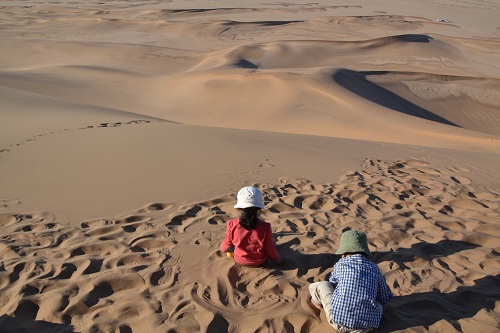
Almost the entire Namibian coastline is guarded by imposing sand dunes. Part of the stretch includes the Namib Dessert, the oldest dessert in the world and playground for fossil and gem hunting. The barren coastline looks so uninviting from the shore than early explorers chose to circumvent it and settled on more welcoming lands further north and south. Many who tried to brave the dunes saw their ships run aground miles from shore. The Skeleton Coast, a National Park that makes up the northern coastline of Namibia got its name due to the countless wrecks still visible in the water and on the dunes.
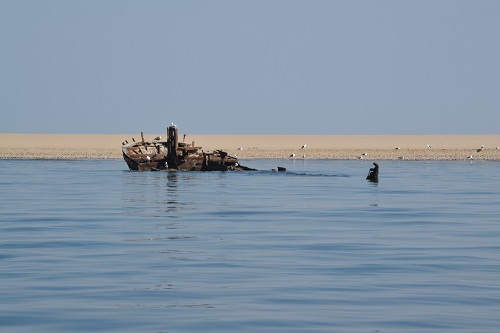
We thought that sand body boarding would be a good way to get up close and personal with the dunes as well as try a new activity. In Beth’s words, “No experience necessary. The sand boarder lies on their stomach shooting head first down the dune.” It doesn’t exactly sound like the smartest thing for someone (i.e. yours truly) who has an extreme fear of heights, but I am determined to overcome obstacles on this journey. I was lying face down on the slick board looking vertically at the bottom of a sand dune (more like a mountain from my snake-like vantage point), I almost thought about backing out. Before I could sit up I felt a push on my board and off I went to little echoes of “Bye Mama,” behind me. There are only two real rules for body boarding – chin up and elbows up. Let go of either and you’re gulping sand. If you do manage to keep chin, elbows and feet off the sand, you can reach speeds of about 60 km/h (37 mph) sand boarding, making it a free fall roller coaster ride. The bad news is that there are no straps or buckles to hold you down, but the good news is that even with the worst wipe-out you land on powdery sand. As I shot down, I kept repeating the chin up elbows up mantra and managed to skid safely at the bottom of the dune. Sandeep followed, with a little less grace since he was adamant to control his speed by plonking down his feet and derailing his trajectory.
We looked up to the top of the hill, where one of Beth’s assistant was watching Ava and Kayan, only to see Kayan getting into an all-fours position with his head facing down the slope. “No!” we cried. But the gust off the Atlantic Ocean drowned out any hopes of our voices reaching the top. The assistant was vigilant and strong enough to keep both kids in his grasp until we made the trek back up.
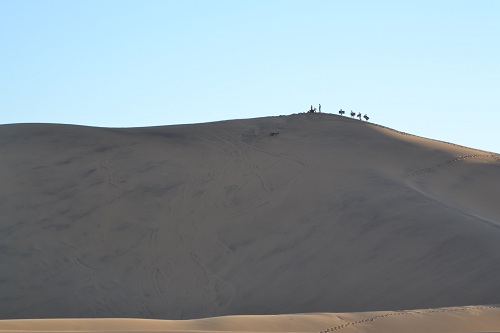
Ava and Kayan weren’t the first kids to watch their parents brave the dunes, and Beth had perfected the art of created a little slide to keep them amused at the top of the hill as we took turns boarding down.
As Sandeep and I slid, buried in, ate and whipped through sand, the kids were more than happy sliding and playing in their gigantic sandbox.
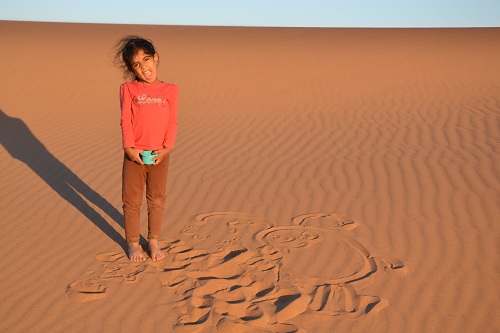
We’re not care free enough to actually encourage Ava and Kayan to go sand boarding. However, with a few modifications, all four of us can now say that we have slid down the dunes of Namibia.

